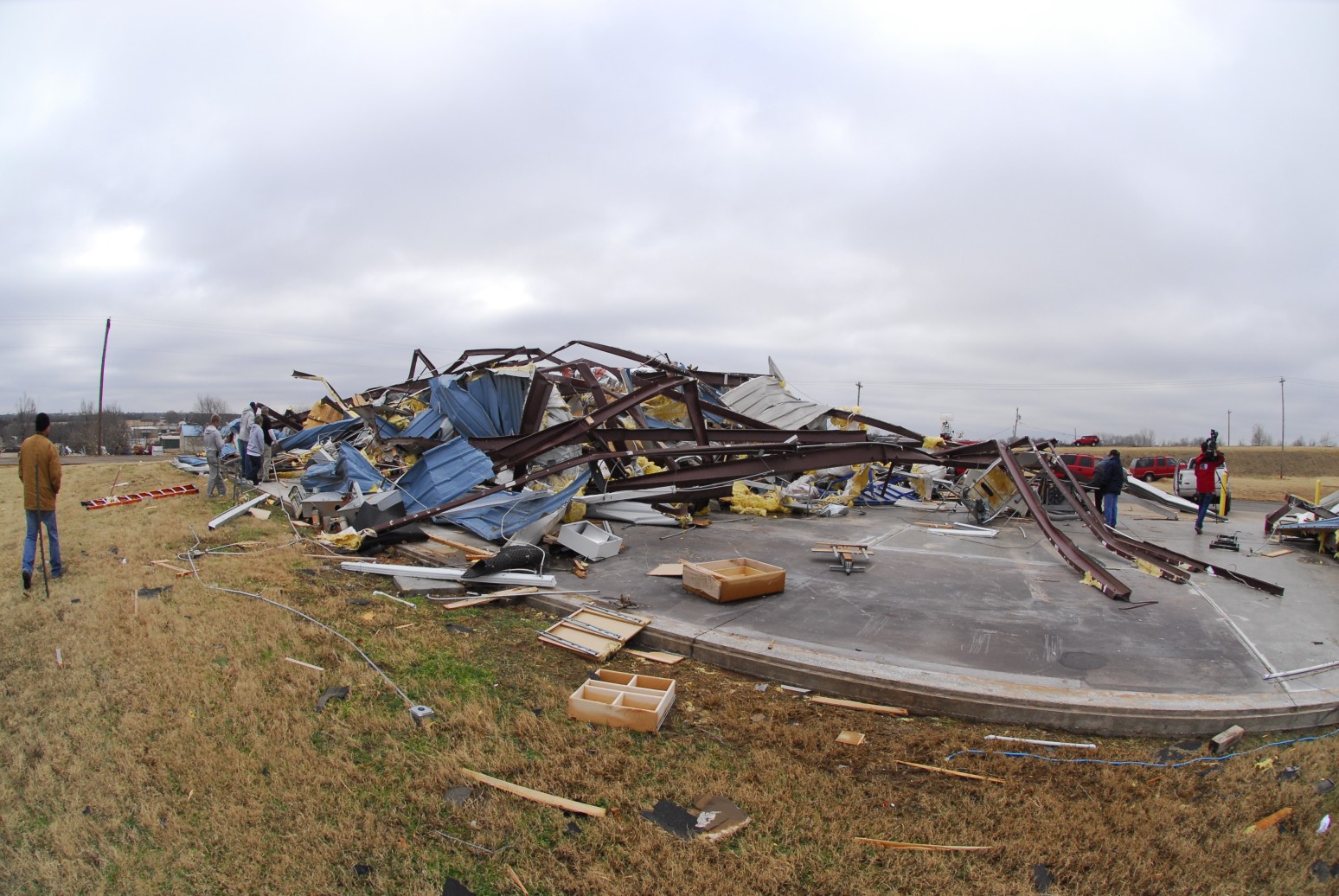
Heavy Rain, Flooding, and Chance of Severe Weather Staring Down the Southern U.S.
January 22, 2024
Posted: December 13, 2022 4:14 pm





Forecasters have been warning about a severe weather outbreak across the southern Plains and that came to fruition early Tuesday. Here is the latest on this multi-faceted storm system moving across the U.S.
Northeastern Texas bore the brunt of the severe weather with the town of Decatur as ground zero. Located northwest of Fort Worth, officials in Decatur confirmed multiple reports of damaged homes and businesses likely caused by a tornado.
Reports are also streaming in regarding a tornado in the Fort Worth suburb of White Settlement that hit shortly after 8 am. Tornado sirens blared as officials urged residents to seek shelter immediately. Survey teams are now on the ground assessing the damage.
The line of storms continues to move to the east. Storm chasers were headed to Tyler, Texas to spot the storms in action. Although it is still too early to get a full picture of the damage, initial reports indicate a slew of damaged vehicles and debris scattered across the roads all over northern Texas.
In addition, the National Weather Service (NWS) office in Norman, Oklahoma also confirmed the touchdown of an EF2 twister in Wayne, Oklahoma. The tornado touched down shortly before 5:30 am local time, leaving a trail of damage in the town located about 45 miles southeast of Oklahoma City.
Power was knocked out across the small town. The Wayne Public Schools announced that schools would be closed because of damage and a lack of power. The American Red Cross is already on the scene with a response center in operation at a church in Wayne.
Over in the panhandle of Oklahoma, it was large hail causing the most damage. The small community of Balko reports hail the size of tennis balls. Meanwhile, Custer County recorded winds over 60 mph.
The threat of tornadoes and other severe storms will last through the overnight hours of Tuesday and into Wednesday, making a journey into portions of Louisiana and Mississippi. Over 28 million Americans are under the threat of severe weather through Tuesday night. Cities in the impact zone include Dallas, Houston, New Orleans, and Little Rock.
The storms will eventually reach the Southeast on Wednesday and Thursday. The greatest chance of inclement conditions on Wednesday will expand from south-central Louisiana to parts of the Florida Panhandle, including the cities of Jackson, Mobile, and New Orleans. Residents in this area should be prepared for strong wind gusts, hail, heavy rain, and tornadoes.
By Thursday, the storm cells will be positioned farther east, bringing the potential impacts to the Florida Peninsula, the southeastern corner of Georgia, and the eastern Carolinas. The storms will be fueled by a mass of warm and humid air located in front of the arriving cold front.
While the southern Plains are dealing with severe storms, it is snow causing the problems in Colorado and the northern Plains. All of this weather is part of the same storm system that got its start in the Pacific Ocean last weekend.
The snow first fired up in Colorado early Tuesday. The NWS office in Boulder said that roads rapidly deteriorated across the state as the snow intensified to start the day. According to the Colorado Department of Transportation (CDOT), almost all of the state’s highways were covered in snow or ice, causing a number of travel headaches. The western portion of the state was hit particularly hard.

The Nebraska Department of Transportation was also forced to close numerous roadways across the western edge of the state because they were deemed to be impassable. This includes a portion of Interstate 80 stretching from North Platte to the Wyoming border. With more snow on the way, conditions are not predicted to improve in the coming hours.
Complicating the snow is the presence of strong winds causing whiteout conditions. These high winds are also bringing the real feel temperatures down to well below zero in many areas of the northern Plains.
Did you find this content useful? Feel free to bookmark or to post to your timeline for reference later.

January 21, 2024

January 19, 2024

January 18, 2024